Plant Trees

Plant trees for impact and help restore ecosystems around the world! Plant trees
About
We make it simple for anyone to plant trees, and together we can make an incredible impact. Learn more
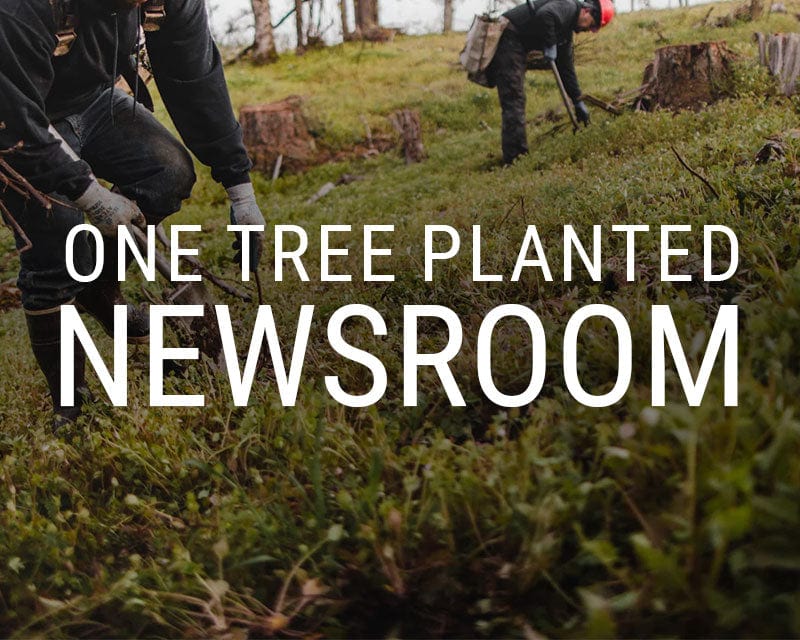
Stay up to date on major announcements, exciting collaborations, and more.Visit our Newsroom

We make it simple for anyone to plant trees, and together we can make an incredible impact. Learn more
Get Involved
Become a business partner to improve your company’s sustainability initiatives and make an impact. Learn more
See how your support and leadership can help us fund reforestation efforts across the globe. Learn more

Become a business partner to improve your company’s sustainability initiatives and make an impact. Learn more

See how your support and leadership can help us fund reforestation efforts across the globe. Learn more
Learn
Read about stories from the field, interesting facts about trees and get your healthy dose of nature. Visit our blog
Comprised of lesson plans, learning modules, resources, and activities, our T.R.E.E.S. School Program is the perfect addition to your curriculum. Learn more

Read about stories from the field, interesting facts about trees and get your healthy dose of nature. Visit our blog
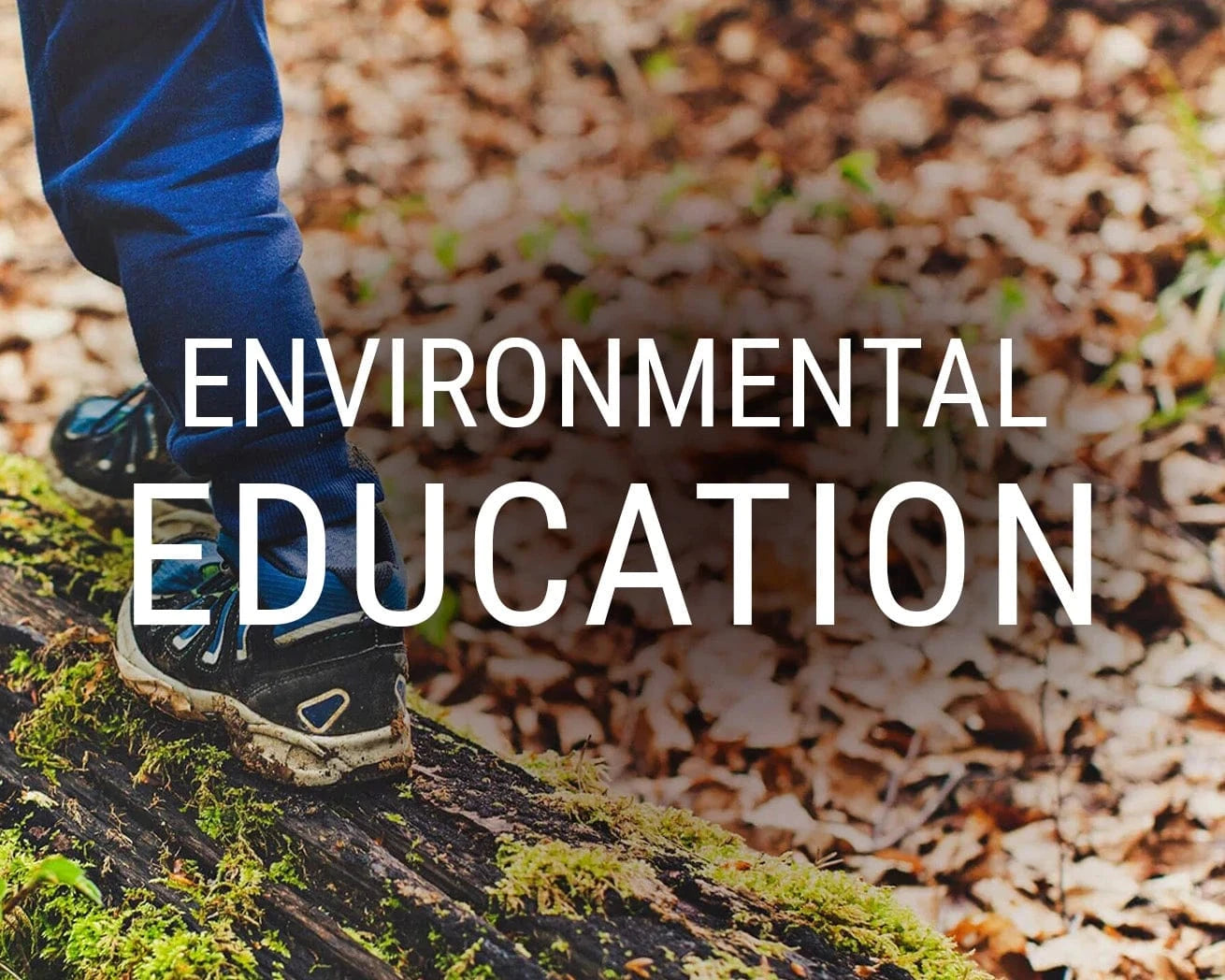
Comprised of lesson plans, learning modules, resources, and activities, our T.R.E.E.S. School Program is the perfect addition to your curriculum. Learn more
Shop
Our fan-favorite Reforestation T-Shirt. Wear it with pride to show your support of reforesting our planet, one tree at a time. Shop now
Give the gift that lasts a lifetime! Choose an image, write your personalized message and select a delivery date to gift a tree. Gift a tree
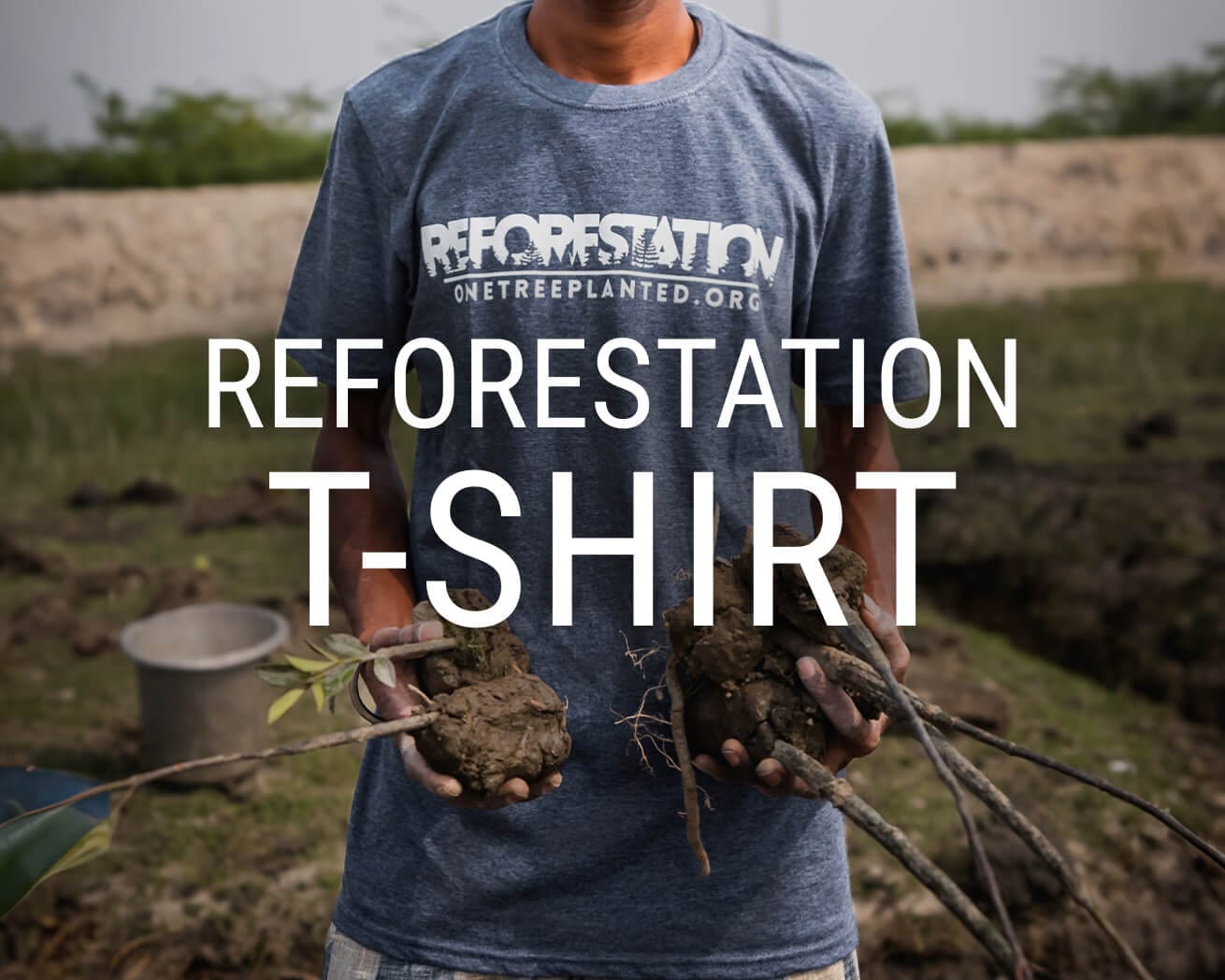
Our fan-favorite Reforestation T-Shirt. Wear it with pride to show your support of reforesting our planet, one tree at a time. Shop now

Give the gift that lasts a lifetime! Choose an image, write your personalized message and select a delivery date to gift a tree. Gift a tree
Get Involved
Plant Trees
Get news, updates, & event Info delivered right to your inbox:
Trees and Oxygen: Do Trees Help Us Breathe?
Let’s take a trip back to biology class in junior high, where we learned about the relationship between trees and oxygen. In a manner of speaking, trees "breathe" — pulling in carbon dioxide and emitting oxygen.
Trees and rainforests produce about 28 percent of the world’s oxygen with ocean “plants”, like phytoplankton, producing the rest. Without trees, there would be less oxygen available to breathe.
We can estimate how much carbon dioxide the average tree absorbs every year for the first 20 years — but how much oxygen is emitted through this same process, providing living things with clean air to breathe? Let’s talk about all the ways trees help us breathe, including emitting oxygen and cleaning the air.
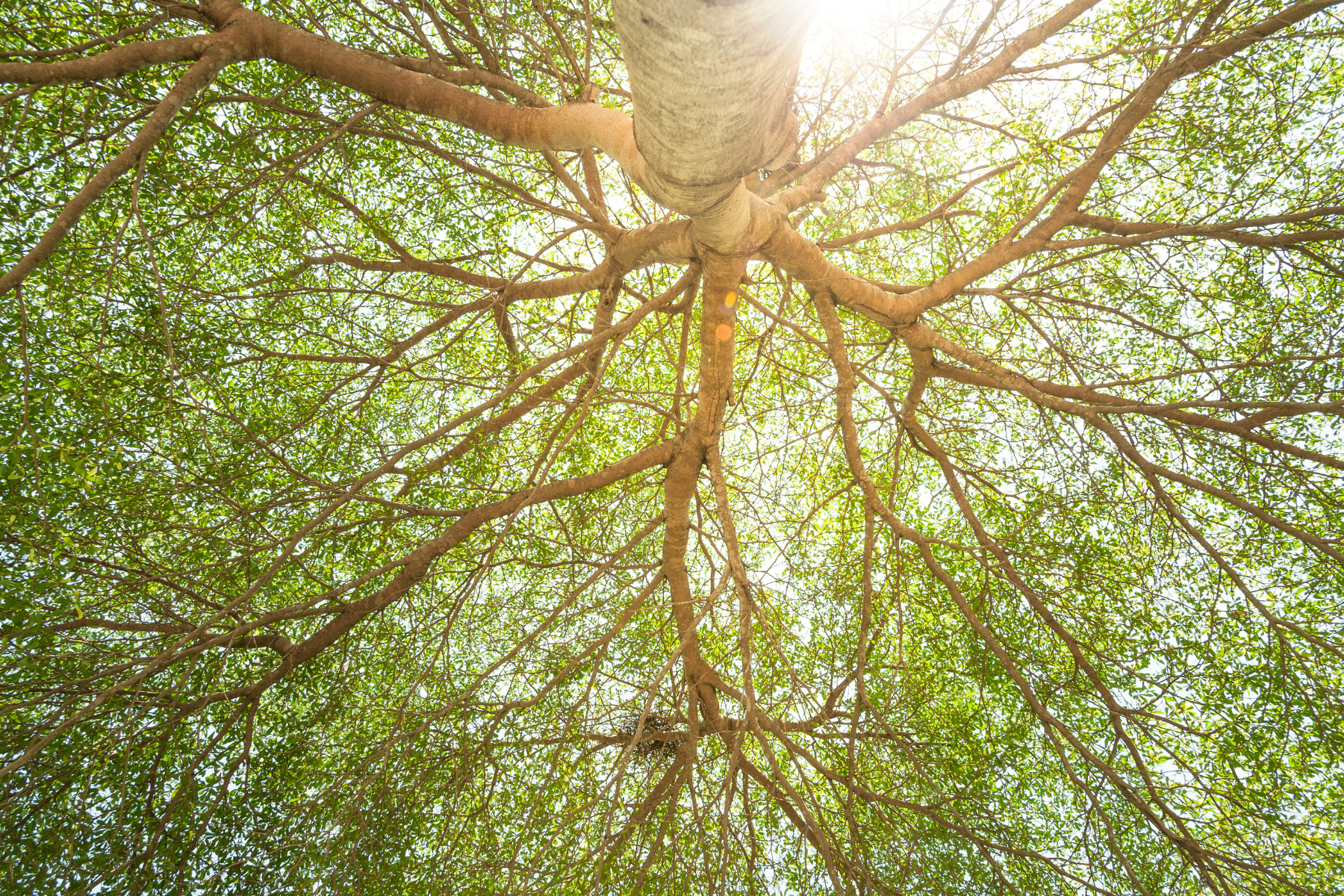
Do Trees Breathe?
Thanks to our seventh grade science teachers, we know that trees do breathe. Just like any other living organism, trees take in nutrients, water, and sunlight to produce energy and grow. And similarly to humans, trees can breathe — but unlike humans, it’s not oxygen they're pulling in.
Trees pull in carbon dioxide before releasing oxygen. Because trees don’t have lungs, this isn’t a process that can be seen. It happens at a cellular level, invisible to the human eye, but that doesn’t make it any less important. In fact, most plants breathe this way. It’s one of the critical ways they produce atmospheric oxygen and clean the air surrounding us.
The next time you take a deep breath, make sure you thank a tree!

How Do Trees Make Oxygen?
During the spring and summertime, the leaves of a tree pull in carbon dioxide, water, and energy from the sun to turn into sugars that produce nutrients. This process, which is called photosynthesis, then emits oxygen that helps other living things breathe.
Typically, this process is most active during spring and summer –– when trees aboveground parts are growing more vigorously. During the fall, trees begin preparing for winter, dropping their leaves (if they are deciduous), and going into dormancy. When chlorophyll production dwindles, leaves begin losing their vibrant green color and photosynthesis begins to slow down.
The breaking down of chlorophyll makes it harder for trees to absorb sunlight and use it to produce energy. Because of that, leaves slowly begin to lose their green color, transforming into different hues of red, brown, and orange.
Once winter begins, trees reach a state of dormancy. Similar to hibernation, dormancy simply means that trees are conserving their energy for the bracing season ahead. During this time, trees don’t actively photosynthesize or produce oxygen, causing oxygen levels to fall and carbon dioxide to rise.
Trees more than make up for the lowered oxygen levels in the spring and summertime, so humans tend not to be too affected when trees go dormant.
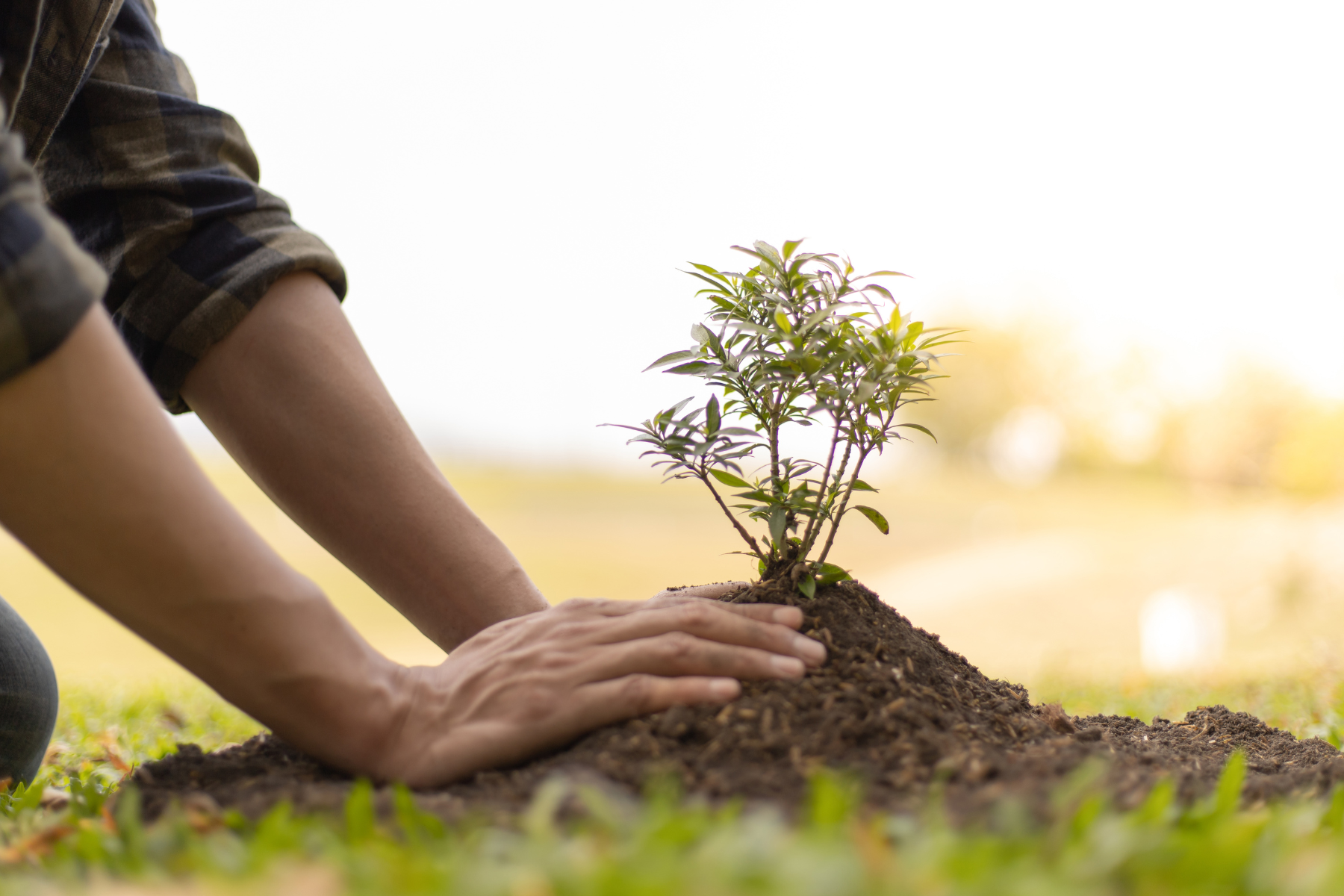
How Much Oxygen Does A Tree Produce?
Now that we know how trees breathe, it’s important to understand just how much oxygen a tree produces. While most oxygen is produced by phytoplankton, trees still play a significant role in providing us with breathable and clean air. So, how much oxygen do trees actually produce?
The average human takes in about 550 liters of oxygen in a day — that’s about 145 gallons. Individuals who exercise or are active throughout the day may take in more oxygen on average, depending on the level of activity.
Some of that oxygen is produced by trees. The amount of oxygen a tree produces is influenced by several factors, including species, age, health, and surroundings. A tree also does not produce the same amount of oxygen year-round.
Typically, old, mature trees produce more oxygen than younger trees. In fact, a mature oak tree can produce, on average, 100,000 liters of oxygen a year. That’s about 274 liters of oxygen a day –– nearly half of what the average human needs.
Douglas fir, beech, spruce, and maple trees are among the tree species that produce the most oxygen. In other words? In addition to the many other vital roles that healthy forests play, it’s in our best interest to be vastly outnumbered by trees.
From clean air to drinkable water, trees support life on Earth You can help make an impact by planting trees around the world to ensure that trees stick around for generations.
Get news, updates, & event Info delivered right to your inbox:
Gabrielle Clawson
Gabrielle helps with fundraising and marketing, working with peer-to-peer fundraising as well as business fundraising. With experience in both women's rights and climate change organizations, she has a strong passion for non-profits and is excited to make an impact in the world through environmental change!
Related Posts
The 9 Oldest, Tallest, and Biggest Trees in the World
10/10/2024 by One Tree Planted
Our Takeaways from New York Climate Week 2024
08/10/2024 by Meaghan Weeden
Good News! 5 Positive Environmental Stories from September
27/09/2024 by Gabrielle Clawson
Popular On One Tree Planted
The 9 Oldest, Tallest, and Biggest Trees in the World
10/10/2024 by One Tree Planted
27 Ways to Prevent Climate Change
11/07/2024 by Meaghan Weeden
5 Causes of Deforestation
09/07/2024 by Meaghan Weeden




